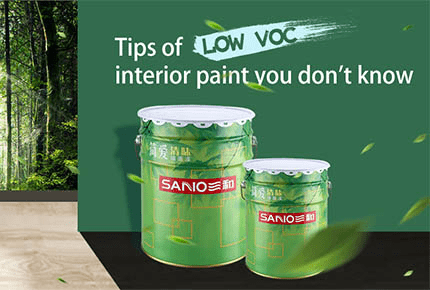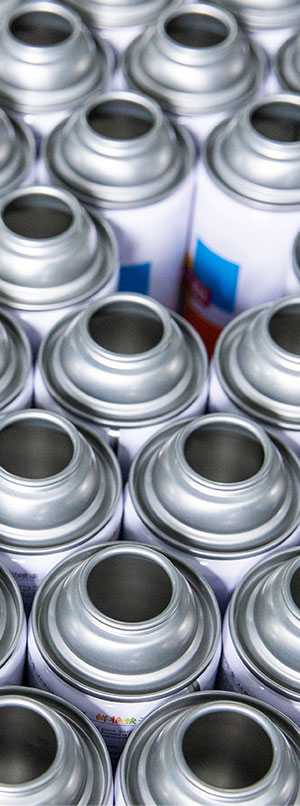Calculating the Right Amount: How Much Paint Does Your Interior House Need?
Before embarking on an interior painting project, it’s essential to determine how much paint does your interior house need. Calculating the right amount of paint ensures that you have enough to complete the project without running out or wasting excess. Here’s a guide to help you estimate the paint quantity for your interior house.
Measure the Area
Start by measuring the height and width of each wall in the room. Multiply the height by the width to calculate the square footage of each wall. Add up the square footage of all the walls in the room to determine the total area that needs to be painted.

Consider Multiple Coats:
Keep in mind that multiple coats of paint may be required to achieve the desired finish and coverage. Factor in the number of coats you plan to apply when calculating the paint quantity. Generally, one gallon of paint covers approximately 350-400 square feet per coat.
Additional Factors
Take into account any additional areas that need to be painted, such as ceilings, trims, and doors. These areas may require a different type of paint or additional quantities. Consult with a paint professional for specific recommendations.
To avoid wastage, efficient paint usage is essential. Consider the size of the paint roller or brush you plan to use and choose the appropriate size of paint container. Remember to store any leftover paint properly for future touch-ups or projects.
Check Paint Coverage: Check the manufacturer’s label on the paint can to determine the coverage rate per gallon. It typically states the square footage that one gallon of paint can cover. Divide the total wall area by the coverage rate to estimate the number of gallons needed for one coat.
By accurately calculating the amount of paint your interior house needs, you can ensure a smooth and successful painting project. Take the time to measure and consider all relevant factors to avoid any inconvenience or unnecessary expenses.
It’s always a good idea to buy slightly more paint than your estimate to account for touch-ups, mistakes, or future touch-ups. Additionally, consider the type of paint you’re using (e.g., primer, finish paint, specialty paint) and adjust your calculations accordingly.
Remember, these calculations are a rough estimate, and factors like texture, surface porosity, and paint application technique can affect the actual amount of paint required. It’s best to consult with a professional or speak to a paint specialist at your local home improvement store for more accurate guidance based on your specific project.
